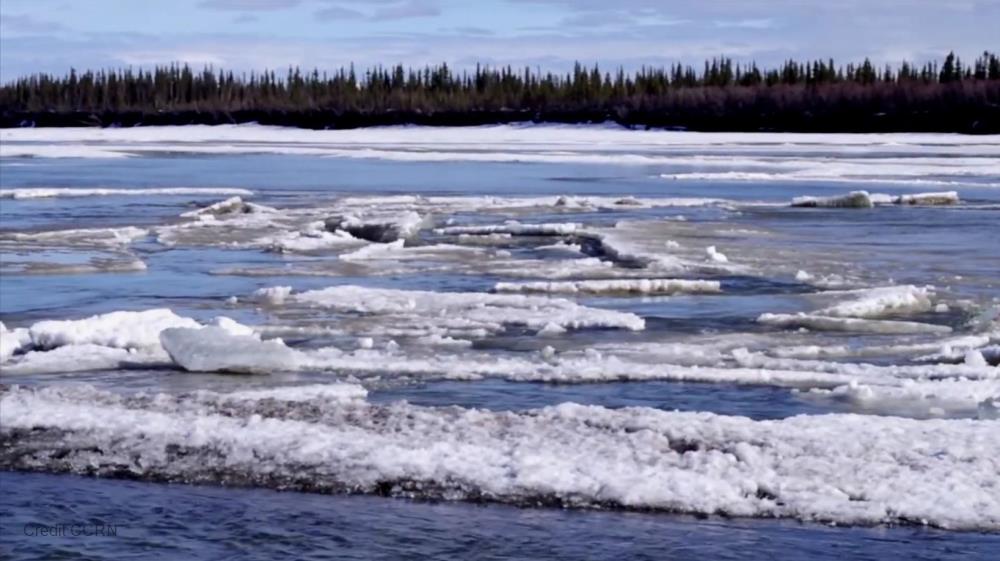
Related items loading ...
Section 1: Publication
Publication Type
Journal Article
Authorship
Beven, K., Asadullah, A., Bates, P., Blyth, E., Chappell, N., Child, S., Cloke, H., Dadson, S., Everard, N., Fowler, H. J., Freer, J., Hannah, D. M., Heppell, K., Holden, J., Lamb, R., Lewis, H., Morgan, G., Parry, L., & Wagener, T.
Title
Developing observational methods to drive future hydrological science: Can we make a start as a community?
Year
2020
Publication Outlet
Hydrological Processes, 34(3), 868-873
DOI
ISBN
ISSN
Citation
Beven, K., Asadullah, A., Bates, P., Blyth, E., Chappell, N., Child, S., Cloke, H., Dadson, S., Everard, N., Fowler, H. J., Freer, J., Hannah, D. M., Heppell, K., Holden, J., Lamb, R., Lewis, H., Morgan, G., Parry, L., & Wagener, T. (2020), Developing observational methods to drive future hydrological science: Can we make a start as a community?, Hydrological Processes, 34(3), 868-873.
https://doi.org/10.1002/hyp.13622
Abstract
Hydrology is still, and for good reasons, an inexact science (for a recent discussion, see Beven, 2019a), even if evolving hydrological understanding has provided a basis for improved water management for at least the last three millennia. The limitations of that understanding have, however, become much more apparent and important in the last century as the pressures of increasing populations, and the anthropogenic impacts on catchment forcing and responses, have intensified (see Abbott et al., 2019; Montanari et al., 2013; Sivapalan, Savenije, & Blöschl, 2012; Srinivasan et al., 2017; Wagener et al., 2010; Wilby, 2019). At the same time, the sophistication of hydrological analyses and models has been developing rapidly, often driven more by the availability of computational power and geographical data sets than any real increases in understanding of hydrological processes. This sophistication has created an illusion of real progress, but a case can be made that we are still rather muddling along, limited by the significant uncertainties in hydrological observations, knowledge of catchment characteristics, and related gaps in conceptual understanding, particularly of the subsurface. These knowledge gaps are illustrated by the fact that for many catchments, we cannot close the water balance without significant uncertainty (e.g., Beven, 2019a; Schaller & Fan, 2009), uncertainty that is often neglected in evaluating models for practical applications. This lack of water balance closure can also result from a lack of information about the influence of water management on the water balance. We have seen improvements since the first crude U.K. water balance estimates of John Dalton (1791), but there remain important uncertainties in the estimates of every term in the water balance equation: precipitation inputs (especially snow); discharge, evapotranspiration and other outputs; and storages in the system.
Plain Language Summary


 GWFNet
GWFNet Master
Master Data
Data Research
Research Map
Map
 Advanced
Advanced Tools
Tools
 . . .
. . .
 Metadata Editor
Metadata Editor
 Record List
Record List
 Alias List Editor
Alias List Editor
 Legacy sites
Legacy sites